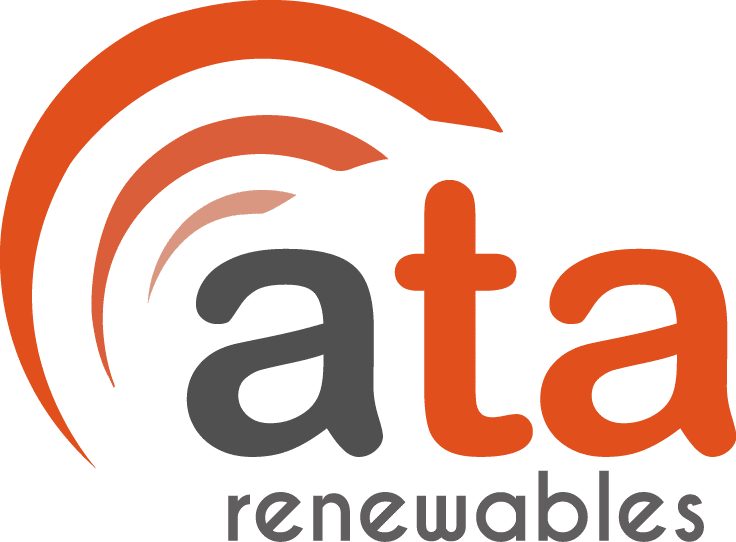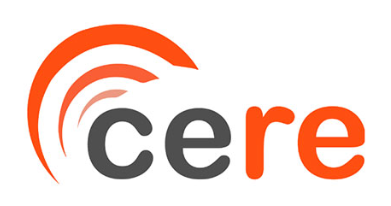
LOG IN TO SIGN IN TO THE WORKSHOP
PRICE: FREE
Gearing up your company to capitalize
on the
utility-scale energy storage boom
in the US
June 7 at 9:00 PDT / 12:00 EDT / 18:00 CEST
A decarbonizing grid relying on variable renewable – solar PV and wind – for the lion´s share of the energy it integrates, will over time require energy services and increasingly rely on energy storage to maintain inertia and firmness. Whichever storage technology you work with – pumped hydro, long duration or batteries, storage is poised for near-exponential growth until 2050. According to a recent NREL report, energy storage is expected to grow 6x in the most conservative scenario to 150GW deployed to 8x or 680GW in the most aggressive scenario.
Whilst the growth opportunities are huge in scale, so are the challenges that the industry is facing. Project developers face a patchwork of regulation and permitting processes through the country which means entry barriers are high. Projects and business models aren’t standardized and take time to work out for each specific case. The industry still needs considerable de-risking and competition is rife. To top it all, supply chains are clogged with bottlenecks and costs have been coming up for the last months.
Join this event to capitalize on the opportunities to build energy storage projects in the US over the next 5 years.

Omar José Guerra
Research Engineer

Marie-Pierre Paquin
Chief Advisor

Andrew Chen
Managing Director

Julia Souder
Executive Director

Martin Anderson
Head of Research, USA

Hans Svanbom
Senior Business Development Manager

Ann Yu
Senior Consultant

John O'Brien
Senior Director Storage Solutions

Alex Morris
Executive Director

Sergio Sáenz
Head of ATA Storage

Rajat Agrawal
Senior Manager, New Business Development

Sherif Abdelrazek
Renewables Engineering Manager, ES & Microgrids

Michael Carpol
Business Development Manager, Energy Storage & Optimization

Joseph Rand
Senior Scientific Engineering Associate
Sponsored by:
Workshop full agenda
1. Energy storage opportunity in the US analyses and forecasts
According to Bloomberg NEF, 4.2GW of battery storage capacity was added to the US grid in 2021, compared to a total installed capacity of storage of 27GW. Explosive growth is expected in the next years, at the utility scale level as well as in commercial and residential projects. In this session we look at forecasts of growth of services and geographies considering grid requirements and mapping out of opportunities across both geographically and in terms of timelines.
• Map the opportunities for rapid energy storage project deployment across US states and ISOs to focus on developing projects where the business case is more immediate
• Analyze the most profitable grid services you can deliver and how they will evolve for the next decade, so you can adapt to a changing market
• Understand how the loss on spinning reserves and baseload power over time will shift the requirements of storage technology from short term grid service to longer duration and seasonal storage
• Plan the strategy of your energy storage business for an increasingly decarbonized grid across the country with specific technologies and services as required
• Consider the opportunities for your business that the new storage objectives in Michigan bring forward
2. Focus on the technology: designing, building and operating profitable utility scale energy hybrid solar or wind + battery or stand alone
In the context of higher battery costs and higher competition, it is essential to optimize all the design, build and operation of each of your projects to ensure competitiveness and
maximum returns going forward. In this session we explore how to maximize each dollar invested in your project for maximum return.
• Modelling and designing your project with different duration batteries from 1 to 4+ hours for maximum returns in a changing market
• Hear how to produce, build and commission hybrid projects on time, overcoming high prices of equipment and materials and logistical challenges
• Understand the importance of Energy Management System (EMS) to maximize revenue in a constantly evolving marketplace of services and changing prices
• Prepare for safety of your Li-Ion batteries from the designing stage of your project
3. Focus on the services! New revenue streams and innovative business models for Li-Ion battery projects
The US energy storage market is at the global forefront and therefore implementing new revenue streams and business models is at the core of maximizing returns as the needs in the grid change. In this session we explore innovative business models and new revenue streams and the technologies that underpin revenue growth for energy storage.
• Hear case studies of novel business models and revenue streams that are making new projects profitable across the US
• Understand the new innovative business models with new revenue streams that will become mainstream in the next couple of years
• Study how technology innovation, coupled with longer duration batteries will provide adaptability to a changing grid over the next 5 years
4. The role of long duration energy storage and spinning reserves keeping the grid stable
Whilst it is undeniable that over the next few years Li-Ion will be the main deployed technology, technical limitations mean that long duration and seasonal storage will over time gain central stage in storage development until 2050. Understanding the evolution of market structure & pricing for the development of this technologies is critical as ISOs don´t currently compensate LDES adequately.
The term long duration technologies refers to a variety of technologies with duration capabilities ranging from 4-6h+, to several days and stational storage. In this session we analyze the available technologies, their cost and capabilities in detail, and we match them up with grid needs in the US market.
• Understand how the increasing loss of spinning reserves, baseload power and grid inertia will have to be managed over time by LDEs that can help the grid manage the variability of solar PV and wind
• Hear about long duration and seasonal technologies and each of their capabilities and cost-opportunity
• Consider commissioning times and milestones of LDEs as well as prices and value to the grid to add longer duration projects to your portfolio4
However, traditional PPAs – 20 year fixed price – are quickly disappearing as inflation, supply chains and resource availability are making them unprofitable. At the same time as the technology risk is lowered, access to finance sources is opening up.
• Negotiating corporate PPAs
• Virtual power plants (digital twins?)
• ITCs, grants and other investment and finance considerations
• Merchant project financing
• Bankability of projects and portfolios
6. Permitting strategies geared towards completion of storage and hybrid projects across the US
Solar and battery storage are the fastest growing resources in the interconnection queues accounting together for nearly 85% of new capacity entering the queues in 2021. Hybrid projects – 286 GW of solar hybrids and 19 GW of wind hybrids – are currently in the queues.
However, much of this proposed capacity will not be built as only 23% of the projects seeking connection from 2000 to 2016 have subsequently been built and completion percentages appear to be declining.
In this session we study you can improve the permitting strategy of your project so it has the highest completion opportunities possible.
• What ISO and states represent the best opportunities for energy storage investment?
• Where are the most advantageous regulations and market opportunities to develop profitable projects?
• What ISOs and states are actively removing barriers and promoting energy storage?
• Hear about netzero interconnections and other regulatory tools to speed storage and hybrid projects
• What does the grid look like in short duration versus long duration projects?






